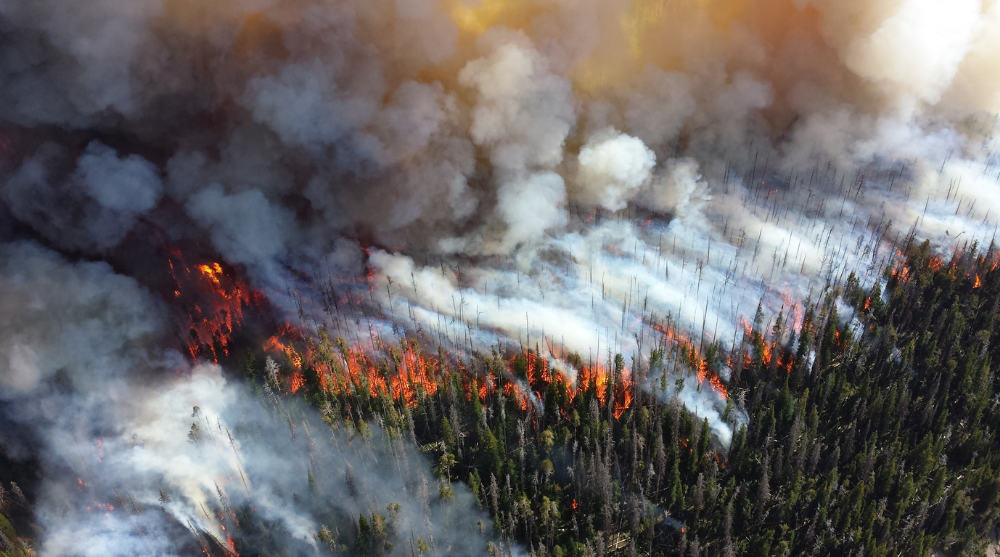The recent forest fires on the West Coast have impacted many of the individuals and families of the Centennial Mortgage team. We are fortunate that it has been limited to smoke and no lives have been lost.

Our hearts go out to the humans, wildlife and vegetation that have experienced significant loss. The road to recovery will be a long and difficult journey.
With so many fires burning and each with a name, it begs the question of just how each fire gets its name. We are here today to provide a brief explanation:
Most often the name is determined by the initial attack incident commander or the fire dispatcher. The name is generally based on the geographic location of the fire or a nearby geographic feature, i.e. mountain, canyon, valley, river, etc. More often it is the name of the road where the fire was reported. For example, if a new wildfire began near Green Lake, it might become the “Lake” Fire or the “Green” Fire. But, if either or both of those names were already used by the first response unit that calendar year, then the dispatcher may decide to coin the fire as the “Green Lake” Fire to be more specific. Another common occurrence is the use of a sequential-type name such as the “Lake 2” Fire for areas where few geographic names exist or where a fire name has been used that calendar year already. The last naming type that’s often seen are wildfire complexes. This is where multiple separate wildfires are joined into one lone-named incident for wildfire management and also financing purposes.


